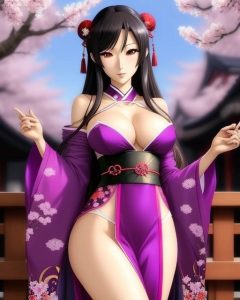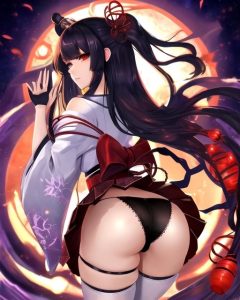Japanese hentai, originating in Japan, is a genre of explicit adult animation or comic art. It is essential to note that the term “hentai” is derived from the Japanese words for “pervert” or “abnormal,” and carries associations with sexually explicit and graphically explicit content. However, it is crucial to understand that not all Japanese hentai falls within the explicit content spectrum, as various subgenres exist within this category. These subgenres encompass a wide range of themes and styles, including fantasy, sci-fi, romance, and horror. What sets hentai apart is its exploration of sexual fantasies and fetishes that are not commonly depicted in mainstream media.
Despite gaining significant popularity in both Japan and internationally, hentai remains a niche genre catering to a specific audience. It primarily manifests in the form of manga (Japanese comics) or anime (Japanese animation). Dedicated websites, magazines, and conventions have emerged to serve the growing community of hentai enthusiasts.
It is worth acknowledging that hentai has faced controversy and criticism due to its explicit content and potential impact on society. Critics argue that it perpetuates harmful stereotypes, objectifies women, and promotes unrealistic expectations of sex. Conversely, proponents of hentai argue that it provides a safe outlet for sexual exploration and expression, allowing individuals to indulge in fantasies that would otherwise be considered taboo.
In conclusion, Japanese hentai is a complex and controversial genre that continues to evolve, sparking discussions about sexuality, censorship, and artistic freedom. It offers a unique platform for individuals to explore and express their sexual desires, although it remains a topic of intense debate.




